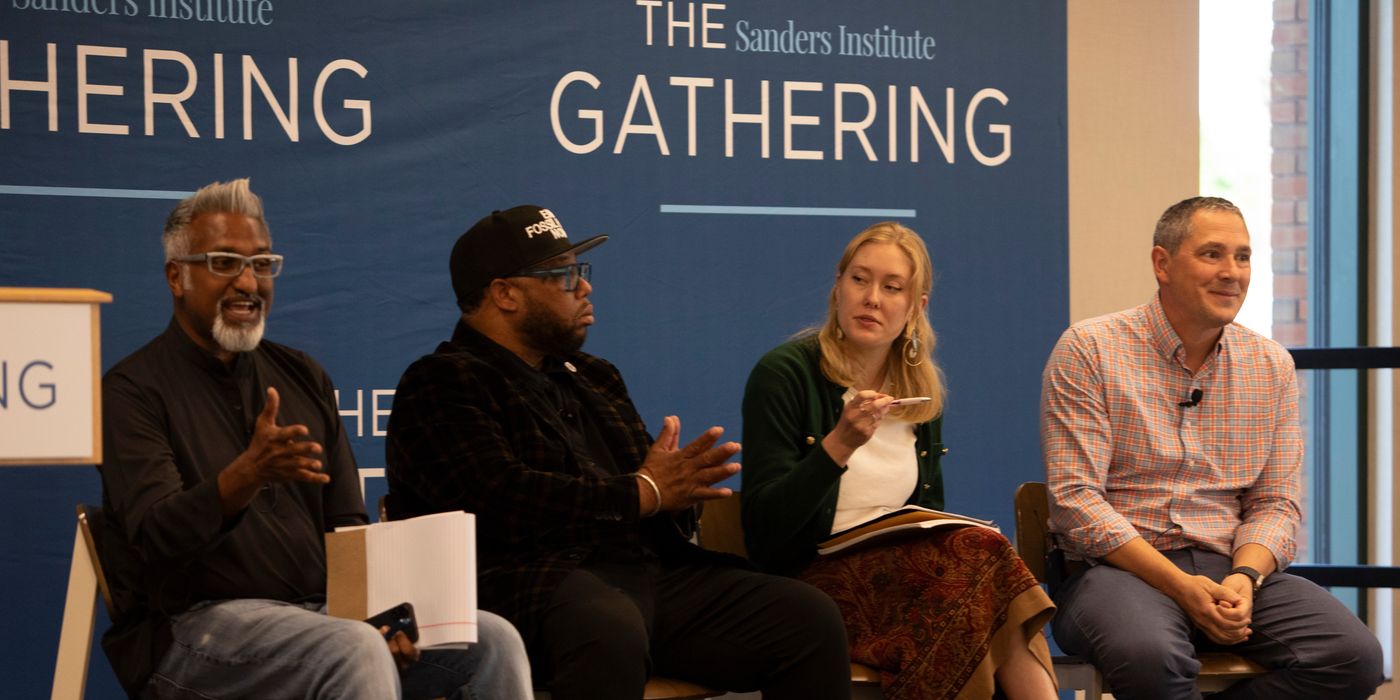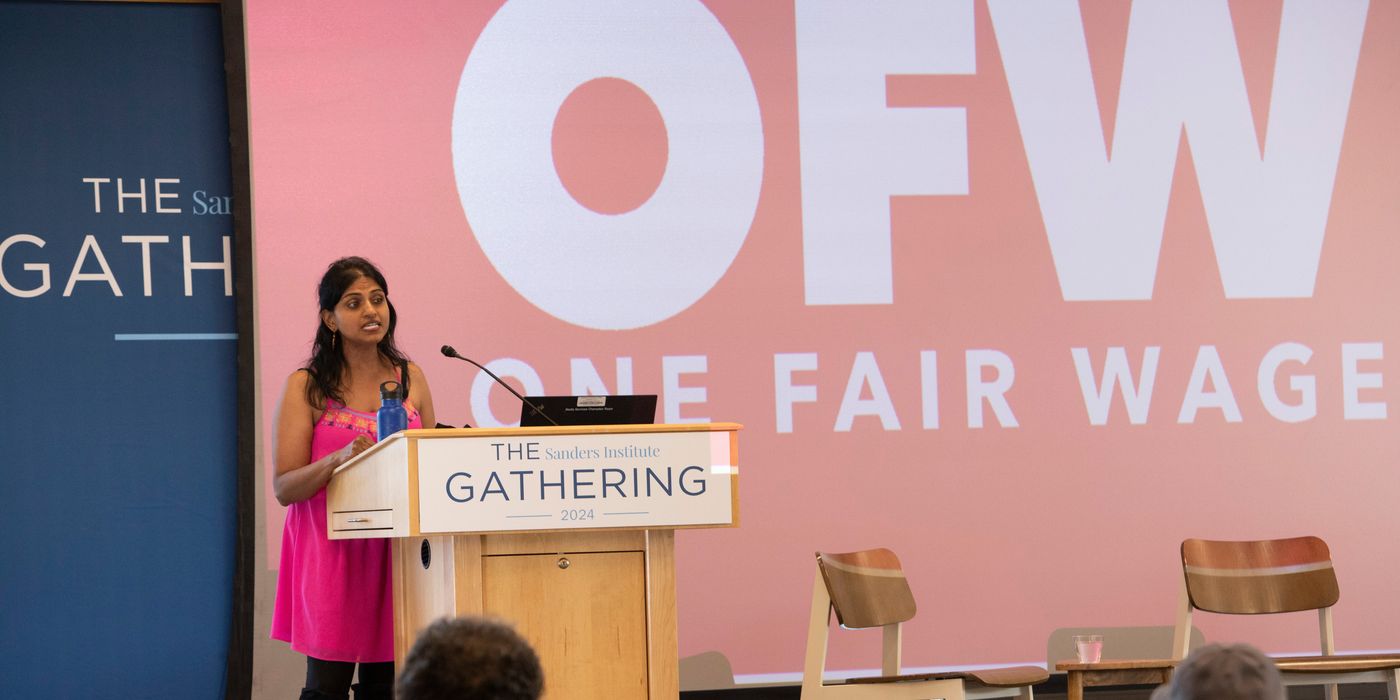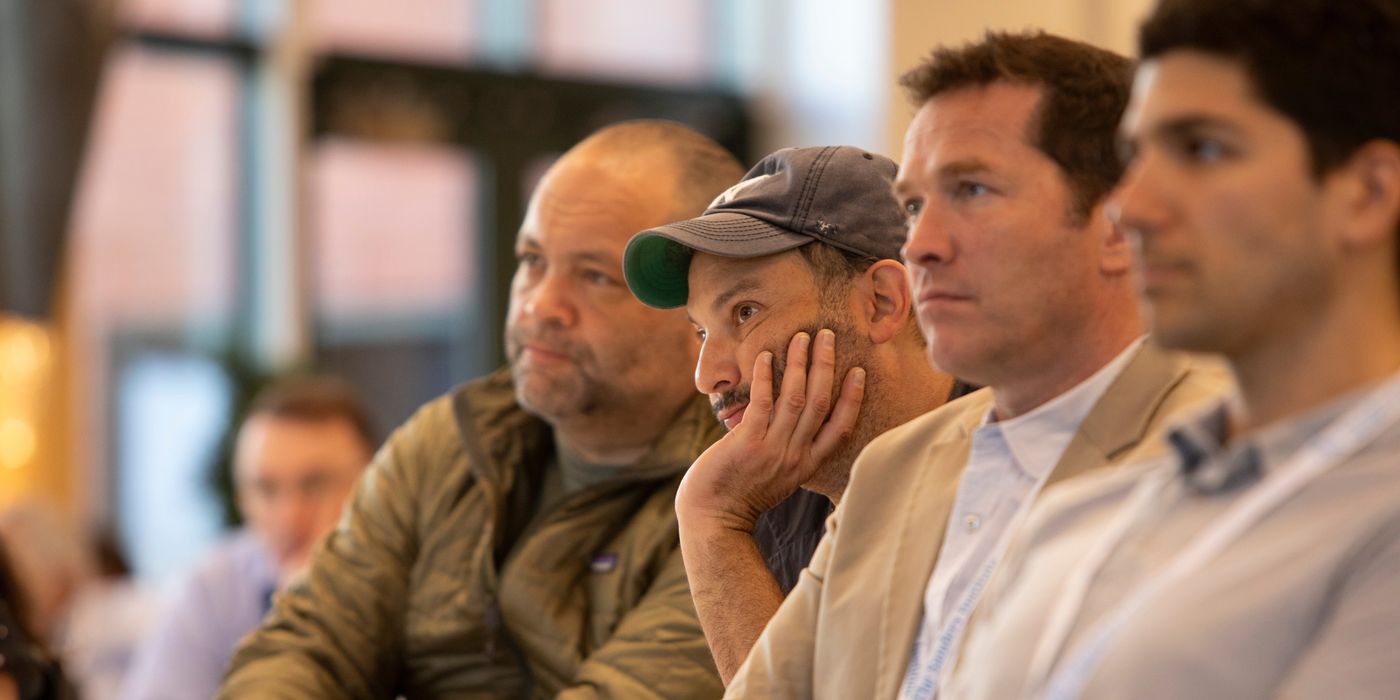Les Leopold, Author, Executive Director of Labor Institute
Saru Jayaraman, President of One Fair Wage
Sara Nelson, Int’l President Association of Flight Attendants CWA, AFL-CIO
We would also like to thank our generous sponsors Healthy Housing Foundation and Working Families Power for making this possible.






